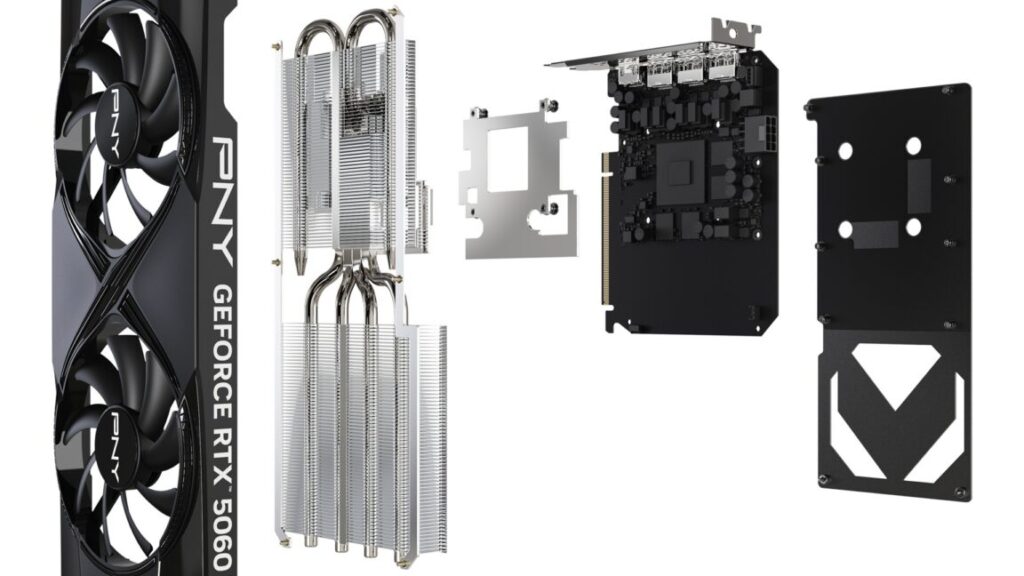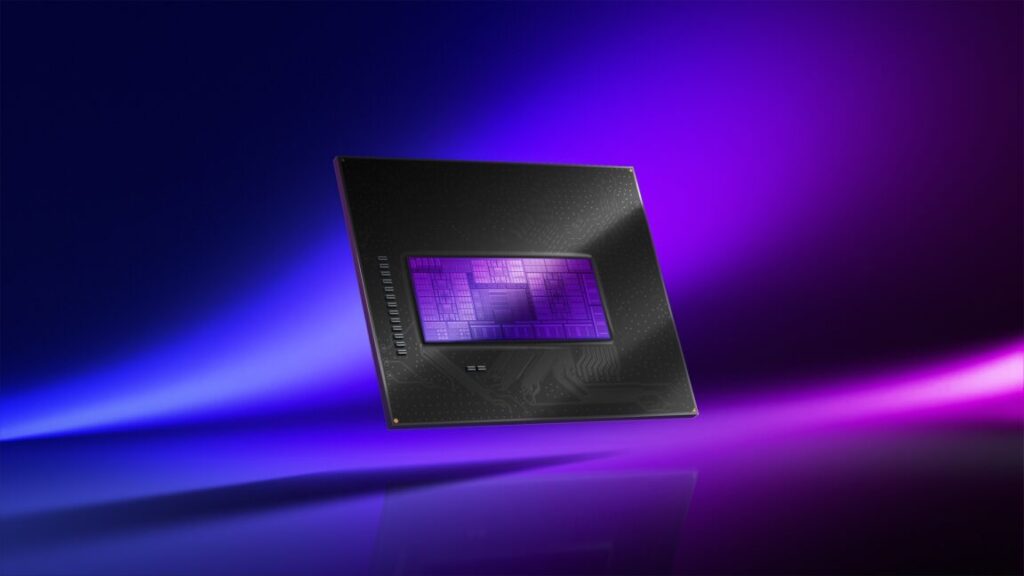Nvidia nudges mainstream gaming PCs forward with RTX 5060 series, starting at $299
As with its other 50-series announcements, Nvidia is leaning on its DLSS Multi-Frame Generation technology to make lofty performance claims—the GPUs can insert up to three AI-interpolated frames in between each pair of frames that the GPU actually renders. The 40 series could only generate a single frame, and 30-series and older GPUs don’t support DLSS Frame Generation at all. This makes apples-to-apples performance comparisons difficult.
Generally, the company says the 5060 Ti and 5060 offer double the performance of the 4060 Ti and 4060, but all of its benchmarks are made using the “max Frame Gen level supported by each GPU.” The small snippets of native performance information we do have—Hogwarts Legacy runs on a 5060 Ti at 61 FPS 1440p, compared to 34 FPS for the 3060 Ti—suggests that it’s slightly less than twice as fast as that two-generation-old card. This would still be reasonably impressive, given the underwhelming 4060 Ti refresh. But we’ll need to wait for third-party testing before we really have a good idea of how performance will stack up without Frame Generation enabled.
As we and others have observed since the launch of the 40-series a few years ago, Frame Generation gives the best results when your base frame rate is already reasonably high; the technology is best used to make a good frame rate better and is less useful if you’re trying to make a bad frame rate good. That’s even more relevant for the slower 50-series than for the other GPUs in the lineup, which makes Nvidia’s reticence to provide native performance comparisons especially frustrating.
Rumors from earlier this year that correctly reported the specs of the 5060 series also indicated that Nvidia was planning to launch a low-end RTX 5050 GPU at some point, its first new entry-level GPU since launching the RTX 3050 in January 2022. The 5050 could still be coming, but if it is, it wasn’t part of Nvidia’s announcements today.
Nvidia nudges mainstream gaming PCs forward with RTX 5060 series, starting at $299 Read More »

